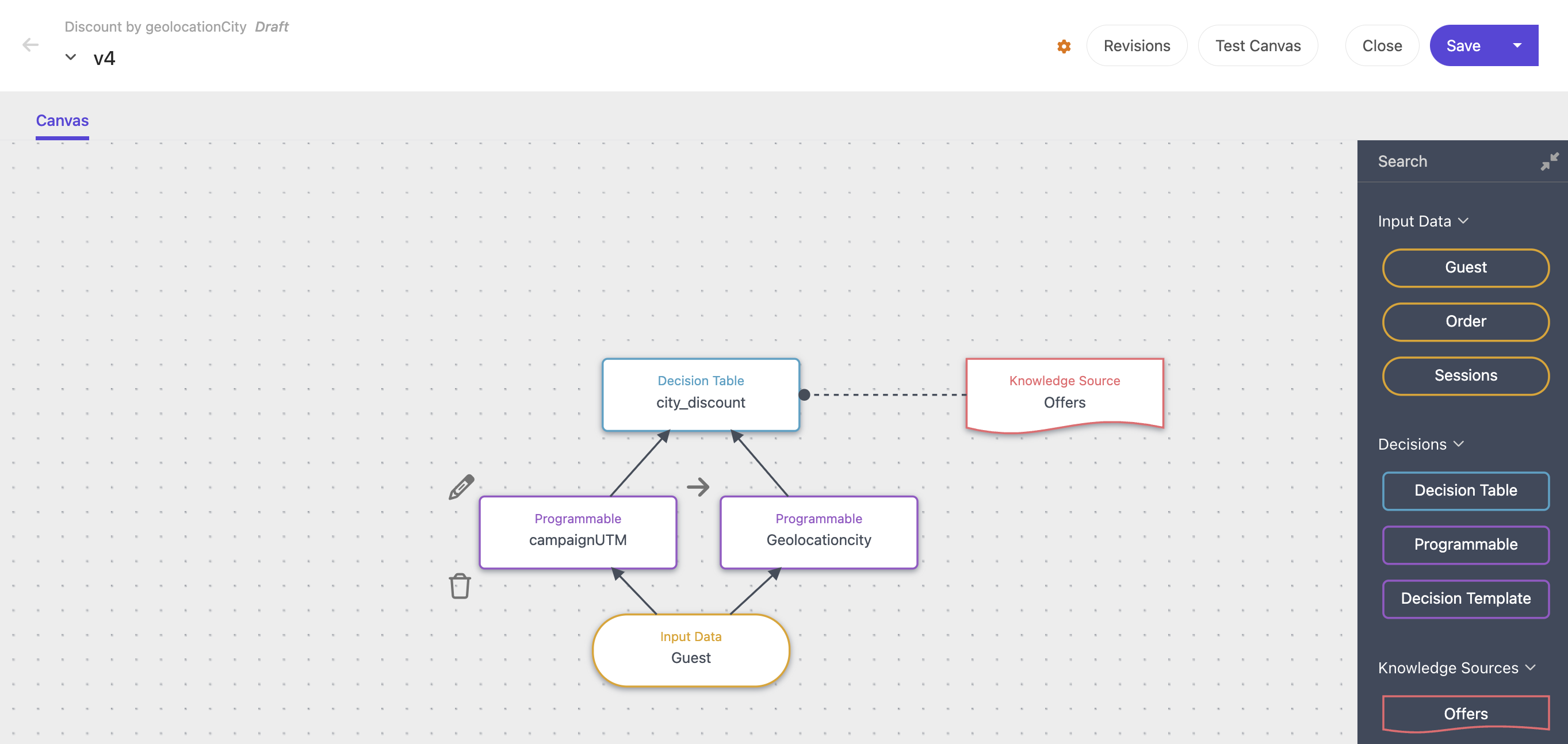Key performance indicators (KPIs)
I have been refining my thoughts and developing my thinking on KPIs over the last few years. In simplest terms, I think of KPIs as indicators of ‘whether we are winning or not’.
A good KPI should indicate, in no uncertain terms, whether our activities are helping us realise the results we are responsible for. It should be largely self explanatory. It should include clear visual communication clues and I like to present results as ‘% change’ compared to previous periods.
A KPI should clearly indicate whether performance has been good or bad. In order to understand this, KPIs should be presented in a context where current performance can be compared to past performance e.g. MoM and YoY. Ideally it should also be able to be compared against a benchmark (e.g. avg historical range) and a target (e.g. +10% YoY).
In order to be a key indicator, it should relate as directly as possible to primary business objectives. If my website was selling widgets online, website KPIs would relate to the volume of widgets sold, the conversion rate of visitors to site, and the volume of leads generated (as a precursor to a sale).
For bonus points, each indicator should have someone accountable for it, so that everyone knows where the buck stops. Each KPI should be consistently measured from an identifed source, with any additional calculations or formulas or assumptions easy to reference.
So, when tracking KPIs, at a minimum, I capture:
- Name
- Description (short)
- Result
- % change compared previous month
- % change compared previous year
- Commentary e.g. insight
- Owner
- Source
It could end up looking something like this in Excel

